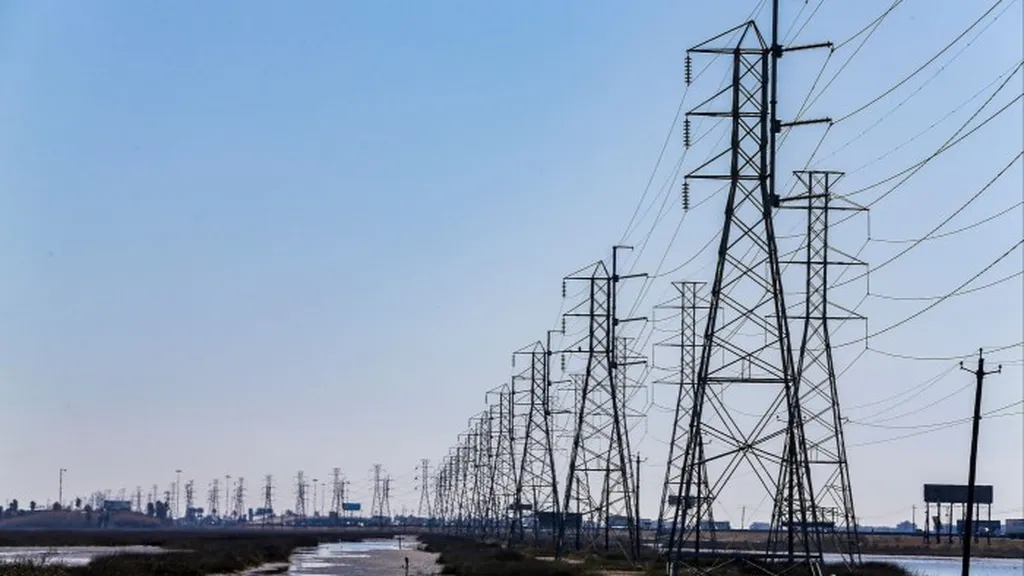In the rapidly evolving landscape of smart grid technology, a groundbreaking study has emerged from the Huai’an Power Supply Branch of State Grid Jiangsu Electric Power Co., Ltd. Led by CUI Shuchun, this research promises to revolutionize grid expansion planning by leveraging big data from renewable energy sources. The findings, published in the journal ‘Diance yu yibiao’ (which translates to ‘Power System Technology’), offer a glimpse into a future where grid management is more efficient, predictive, and sustainable.
At the heart of this innovation is a non-intrusive grid load profile modeling scheme that integrates meteorological data with traditional load forecasting methods. This approach is particularly relevant as the energy sector increasingly embraces renewable sources like solar and wind power. “The integration of renewable energy sources into the grid is not just a trend; it’s a necessity,” says CUI Shuchun. “Our model aims to make this integration smoother and more reliable.”
The research builds on autoregressive models, which are already known for their ability to reflect temporal linear relations in data. By incorporating meteorological characteristics, the model can more accurately depict the load at the user end, taking into account the variability introduced by renewable energy sources. This is a significant step forward, as traditional load forecasting methods often struggle with the unpredictability of weather-dependent energy generation.
The implications for the energy sector are profound. Accurate load profiling is crucial for grid stability and efficiency. With renewable energy sources becoming more prevalent, the ability to predict and manage load profiles becomes even more critical. This research provides a tool that can help grid operators anticipate and respond to changes in energy supply and demand more effectively.
Moreover, the model’s validity has been proven through experimental results on real-world data, making it a practical solution for grid expansion planning. “Our experiments have shown that the model can significantly improve the accuracy of load forecasting,” CUI Shuchun notes. “This can lead to better resource allocation, reduced costs, and enhanced grid reliability.”
The commercial impacts of this research are far-reaching. For energy companies, the ability to predict load profiles more accurately can lead to better investment decisions, reduced operational costs, and improved customer satisfaction. For consumers, it means a more reliable and sustainable energy supply.
As the energy sector continues to evolve, research like this will play a pivotal role in shaping the future of grid management. By integrating big data from renewable energy sources, we can create a smarter, more resilient grid that meets the demands of a changing world. The work published in ‘Diance yu yibiao’ is a testament to the innovative spirit driving the energy sector forward, and it sets a new standard for grid expansion planning in the era of renewable energy.

